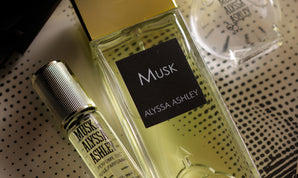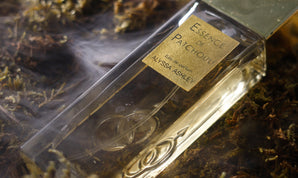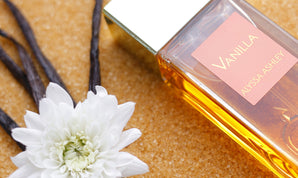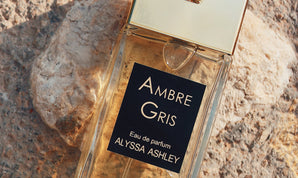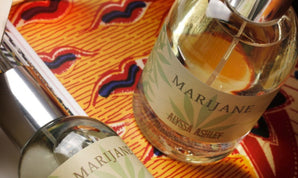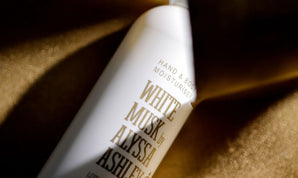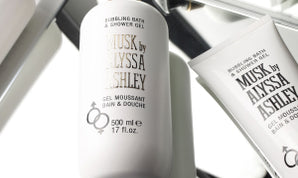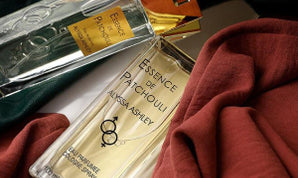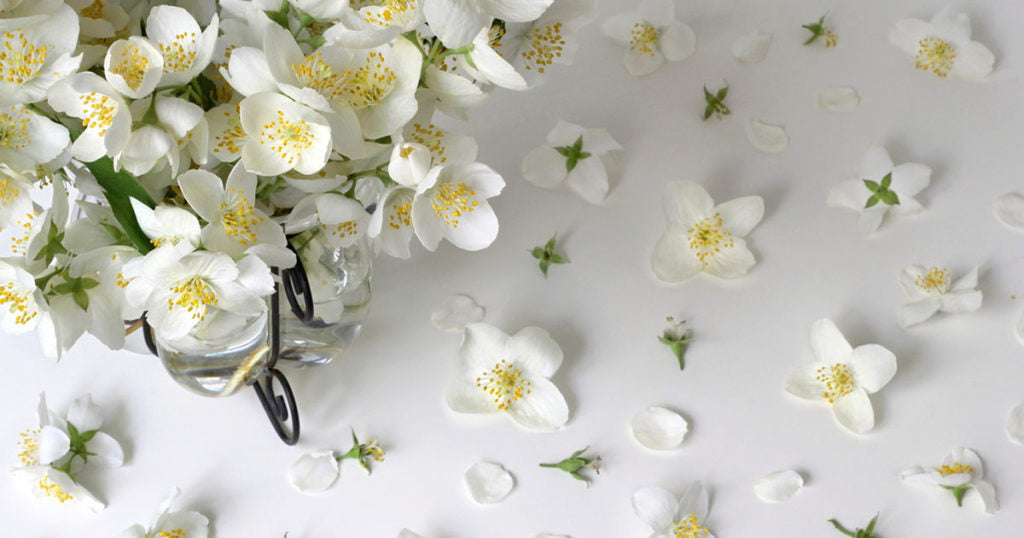White musk is one of the most well-known, appreciated and loved components in perfumery but also one of the most controversial. In fact, the scent of white musk loses the characteristics typical of a perfume for a while and becomes, from a largely positive point of view, a unique and almost common value to which everyone instinctively associates with the smell of cleanliness.
Where does White Musk grow: the wrong question.
Lately the questions concerning White Musk have been widely debated, but very little of what I have read and heard has convinced me to be concrete, leading me to believe that there is still a lot of confusion when it comes to White Moss or White Musk. Let's get some clarity!
If you are wondering if the ubiquitous white moss is really that moss that grows in the woods in autumn and with which you make your crib in December, the answer is (not so obviously) no, on the contrary, not only are the derivation and nature of white moss unknown to many - even to those who claim to be its admirers - but many of the same companies that use it actually contribute to this growing confusion. How? I’ll explain it to you.
Try looking at the label of one of your white moss products (I'm sure you have at least one!) it is very likely that you will see white flowers represented, with low light bushes or even worse, fragments of oak moss or something similar. If that's not enough, try typing "white moss" into your search engine and you'll notice that along with the images of white moss products the same images I mentioned will appear.
From this simple research it is clear that the widespread idea of white musk is that of a natural product and in particular of a vegetal one, an idea supported and spread also by those who use it to create their products. But the truth is that white moss does not grow anywhere, simply because it is not a plant, a fungus or a lichen but a molecule. A synthetic molecule, to be precise.
How do you get white moss
This would be the right question to ask! As I told you, white moss is nothing more than a synthetic molecule called synthetic moss, but this term does not refer to the synthetic reproduction of plant moss (which is a lichen) but rather that of the animal moss, which is also called musk. This is obtained from the glands of an animal, the musk fly (Moschus moschiferus ) very similar to a small fawn, which produces this substance by collecting it in small sacs that it then spontaneously loses it during mating season. The confusion of the animal musk with the vegetal one is therefore linked exclusively to their name, which is somewhat identical!
Musk has always been used in perfumery for its intense, penetrating and very sensual smell, so much so that it was even believed to have aphrodisiac properties. Moreover, its molecular weight makes it more persistent, intense and long lasting. For obvious reasons, the use of raw materials which originated from animals was forbidden but it was promptly substituted by a synthetic molecule belonging to the category of nitro-musk.
According to the type of musk (it is an extended family!) the resulting fragrance can be more or less round, clean and sensual.
Why it’s called white musk
Even white musk is by default synthetic, and the adjective "white" could have played a fundamental role for this extraordinary fragrance. The real reason for why it's called white refers to the elimination of the animalistic note, culturally considered dirty, and therefore cleaning its smell, which rather changed its concept.
Therefore, from an absolutely kinaesthetic point of view, in which a sense evokes in us suggestions related to another sense, white has been used as a reinforcement for the idea of cleanliness and freshness which white musk is now considered to represent.
White is a colour and therefore connected to the sensorial sphere of sight. White does not have an odour, but through kinaesthetic parallelisms you could say it smells fresh, of pine trees, of sheets, and if it were tangible it would be soft and smooth. In the book "The Grammar of Smells" the words (and not just adjectives, mind you) used to describe musk are in fact:
- caress
- cuddle
- sweet
- fresh
- round
- sensual
- soft
White musk, therefore, is the sensory translation of something that has no form, no color except by cultural attribution, and no surface: cleanliness. This is one of the many miracles that make the world of smell extraordinary.
The evocative power of white musk
But why does everyone love white musk? As I told you, its scent is widely used in household cleaning and personal care products and that's exactly why it is associated with the concept of clean. Our mind, which never ceases to surprise us, reasons in this way:
White moss = cleaning products
cleaning products = clean
Clean = white moss
So it's not white musk that smells clean, it is our experience, our memories, our daily lives that create this association. Perhaps one of the most successful and widespread association in the history of perfumery. And it is here that the shared and communal aspect gives way to the personal and emotional sphere, the one that still makes you use your mother's perfume or that made you fall in love with a vacation. Certainly for many, white musk is associated with happy, intimate, relaxing and pleasant memories.
Personally, this fragrance reminds me of the smell of freshly washed sheets that my mother used to put on my bed when I came back from a long trip, after having been away from home for a long time, so it has a maternal and familiar character and I am closely linked to it. That's why I chose to reintroduce this fragrance in many versions, so that it would pamper me like those sheets did, and the same way my mom did.
White Musk by Alyssa Ashley differs from the famous Musk precisely because of the presence in its composition of white flowers that give it a slightly floral touch.
